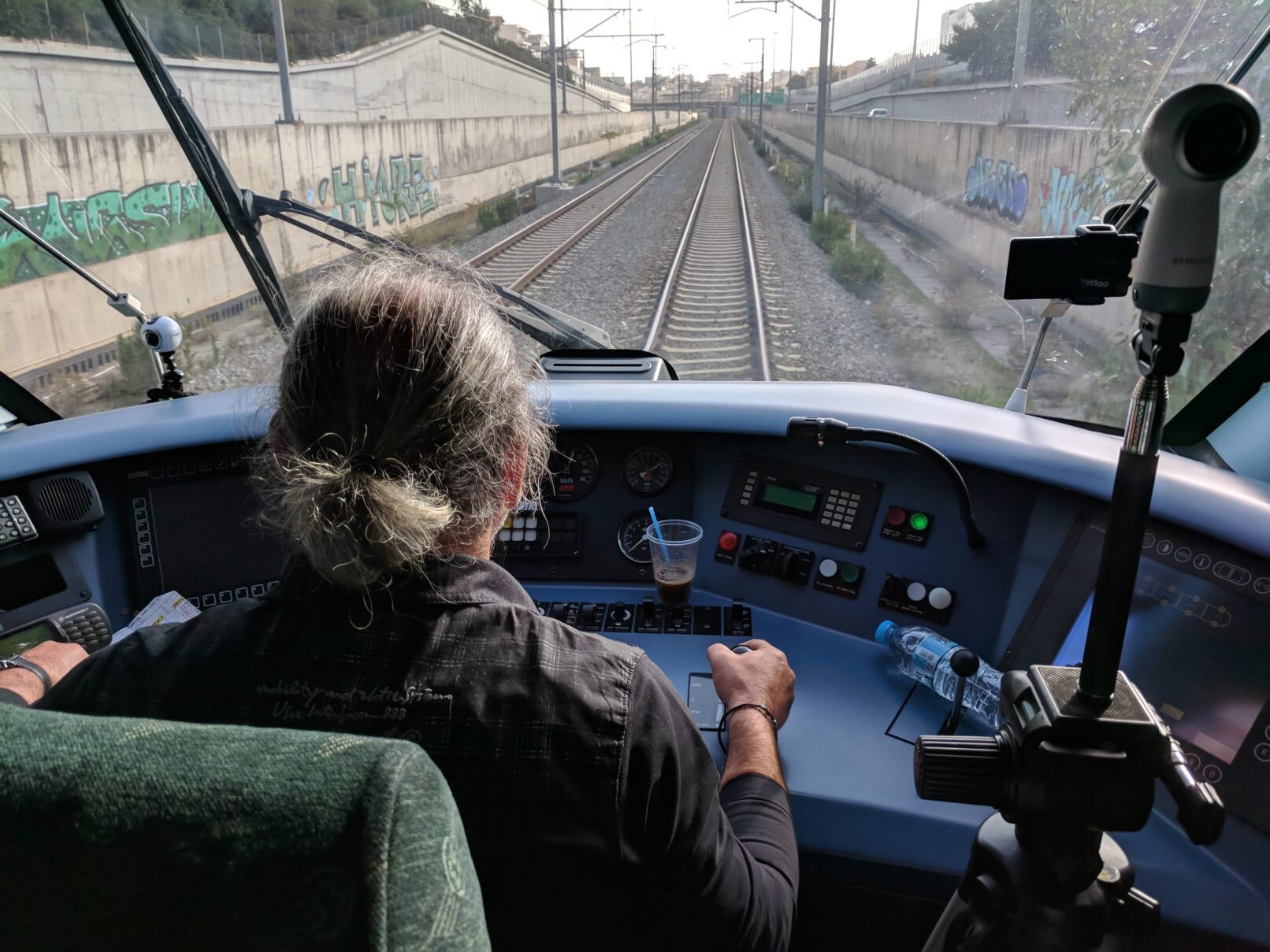Railway Training 360
Railway training is a critical aspect of ensuring the safety, efficiency, and competence of railway personnel. Whether it involves train operators, maintenance crews, or emergency responders, the need for immersive and effective training is paramount. The integration of 360-degree virtual reality (360VR) technology can significantly enhance railway training by providing realistic, hands-on simulations and interactive learning experiences.
Simulated Environments:
- Train Operation: 360VR can recreate the experience of operating a train, allowing trainees to familiarize themselves with the controls, signals, and procedures in a realistic virtual environment. This is especially beneficial for novice operators or those transitioning to new types of trains.
- Emergency Scenarios: Simulating emergency situations, such as derailments or collisions, in a 360VR environment enables trainees to practice response procedures without putting themselves or others at risk. This type of training enhances preparedness and helps build muscle memory for quick and effective reactions.
Maintenance and Repair Training:
- Equipment Familiarization: Maintenance crews can use 360VR to explore the intricate details of various railway components, from engines to brakes. This hands-on experience in a virtual setting allows for in-depth familiarization before working on actual equipment.
- Troubleshooting: Simulating faulty components or systems in 360VR allows maintenance personnel to practice troubleshooting and repair procedures in a risk-free environment. This can lead to quicker and more accurate responses to real-world issues.
Safety Training:
- Track Inspection: Railway inspectors can virtually walk along tracks using 360VR to identify potential issues, such as damaged rails or obstructions. This aids in training for routine inspections and promotes safety awareness.
- Emergency Protocols: First responders and railway staff involved in emergency situations can undergo 360VR training for various scenarios, including evacuations, medical emergencies, and hazardous material spills. This helps ensure a coordinated and efficient response in real-life incidents.
Human Factors Training:
- Customer Service: Train staff involved in customer service can use 360VR to simulate interactions with passengers, helping them develop effective communication skills and customer service etiquette.
- Crisis Management: 360VR can simulate crisis situations, such as dealing with unruly passengers or managing high-stress scenarios. This type of training enhances the ability of personnel to respond calmly and effectively in challenging situations.
Remote Training and Collaboration:
- Global Training Programs: 360VR enables remote trainees to participate in virtual training sessions, breaking down geographical barriers and ensuring a standardized training experience globally.
- Collaborative Learning: Trainees can collaborate in a shared virtual space, fostering teamwork and communication skills, which are crucial in railway operations.
In summary, the incorporation of 360VR in railway training offers a revolutionary approach to learning and skill development. By providing realistic simulations, hands-on experiences, and interactive scenarios, this technology enhances the effectiveness of training programs, ultimately contributing to a safer, more efficient, and well-prepared railway workforce.





